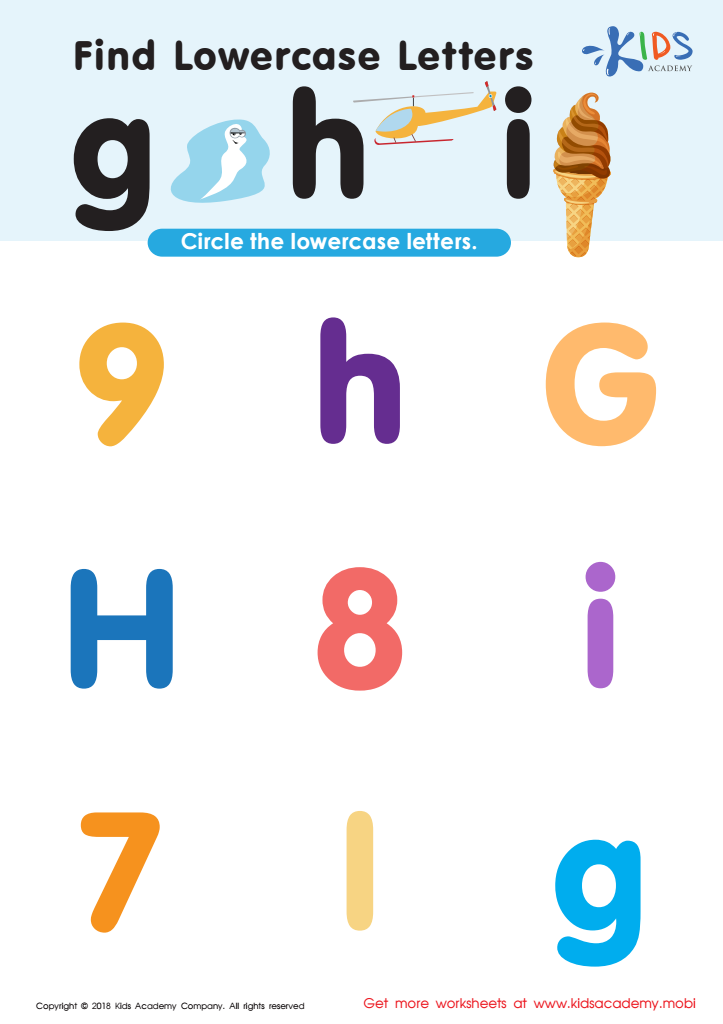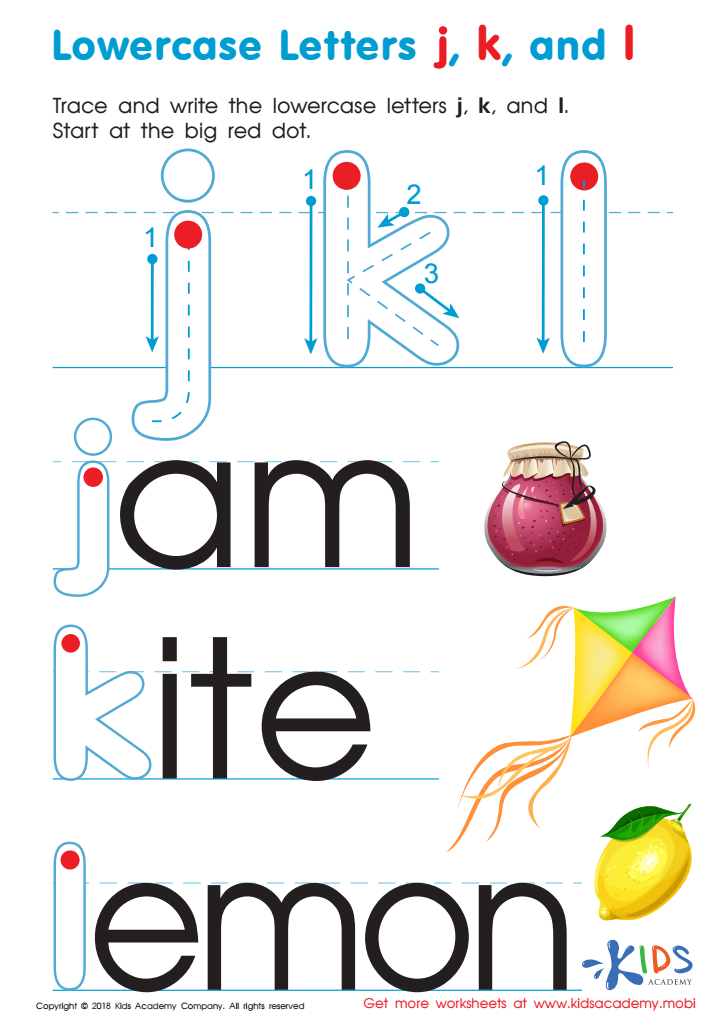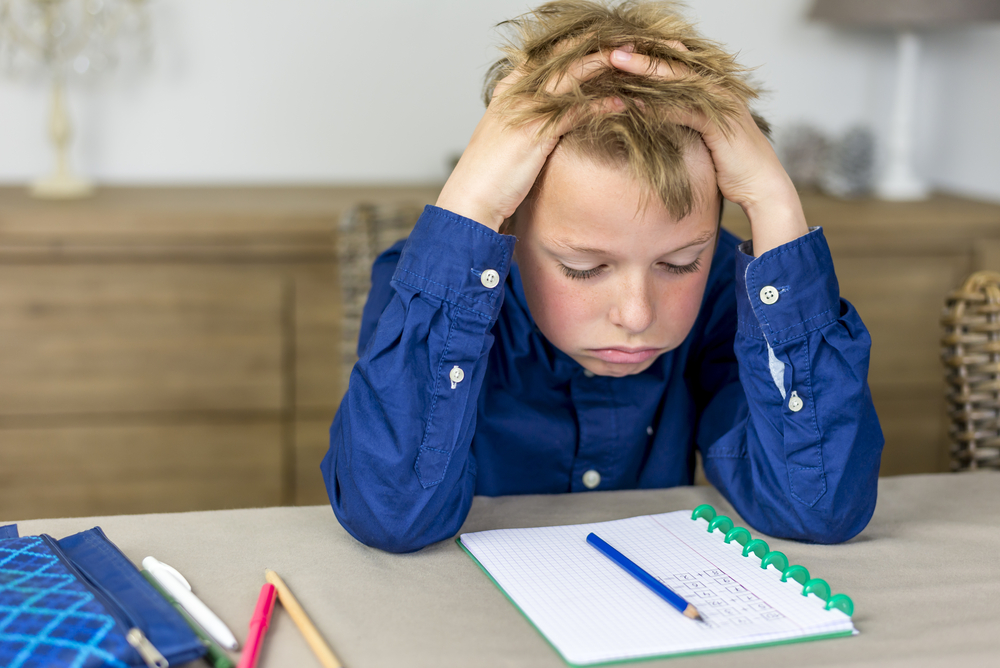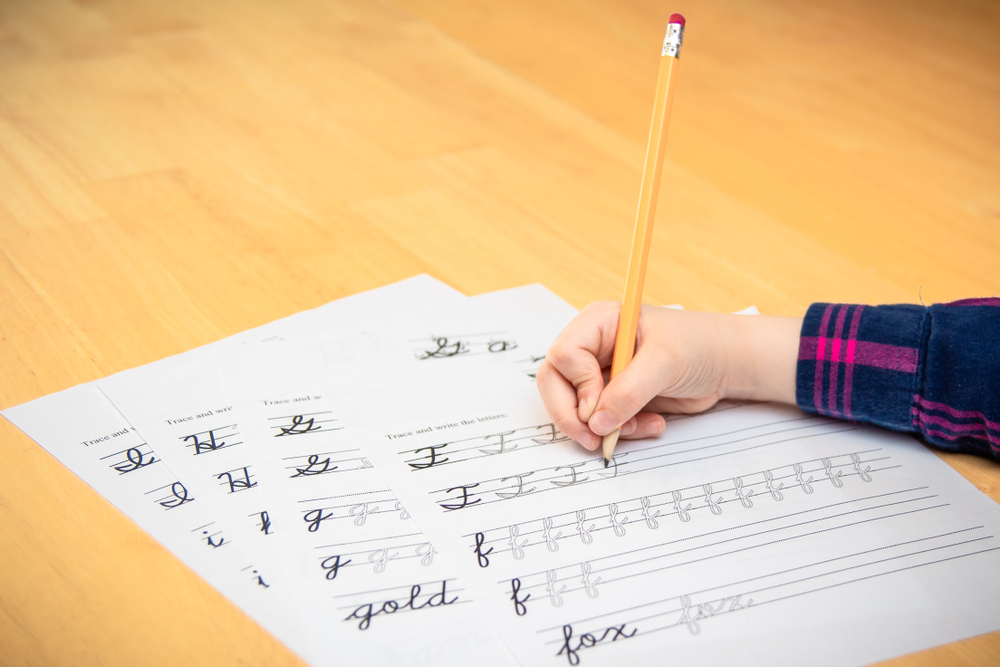Alphabet sequencing Normal Alphabet Worksheets for Ages 4-9
4 filtered results
-
From - To
Help your child master the ABCs with our Alphabet Sequencing Worksheets for ages 4-9! Perfect for young learners, these engaging printables promote essential literacy skills by guiding kids through letter recognition, order, and categorization exercises. With a variety of fun and interactive activities, children will swiftly develop confidence in their alphabet knowledge. Designed to cater to different learning paces, our worksheets are ideal for preschool, kindergarten, and early elementary students. Boost your child’s foundational reading skills today with these meticulously crafted sequencing exercises by Kids Academy! Start your learning journey with us now!


Find Lowercase Letters g h i Worksheet


Lowercase Letters p q r Worksheet


Uppercase Letters Maze Worksheet


Lowercase Letters j k l Worksheet
Alphabet sequencing is foundational for children aged 4-9, marking a crucial period for literacy development. Ensuring proficiency in the normal alphabet sequence aids in robust language and cognitive skills essential for lifelong learning.
Firstly, recognizing and ordering letters A to Z forms the basis of reading and writing. Children learn to connect sounds (phonemes) to corresponding letters, which is vital for decoding words. This skill underpins their ability to read independently, understand stories, and express ideas in writing.
Secondly, alphabet sequencing enhances memory and concentration. As children remember the order and rehearse it through songs or activities, they develop cognitive skills that support other academic areas, such as math and science, where order and pattern recognition are crucial.
Thirdly, being adept at alphabet sequencing helps build confidence. Mastery of a fundamental skill gives children a sense of achievement, encouraging them to tackle more complex tasks with self-assurance.
Lastly, early proficiency in letter recognition and sequencing ensures smoother progression into more advanced educational stages. Reading naturally evolves into interpreting texts and gathering information, all rooted in a solid understanding of alphabet sequences. For these reasons, parents and teachers should prioritize developing this skill during these formative years.

 Assign to My Students
Assign to My Students















